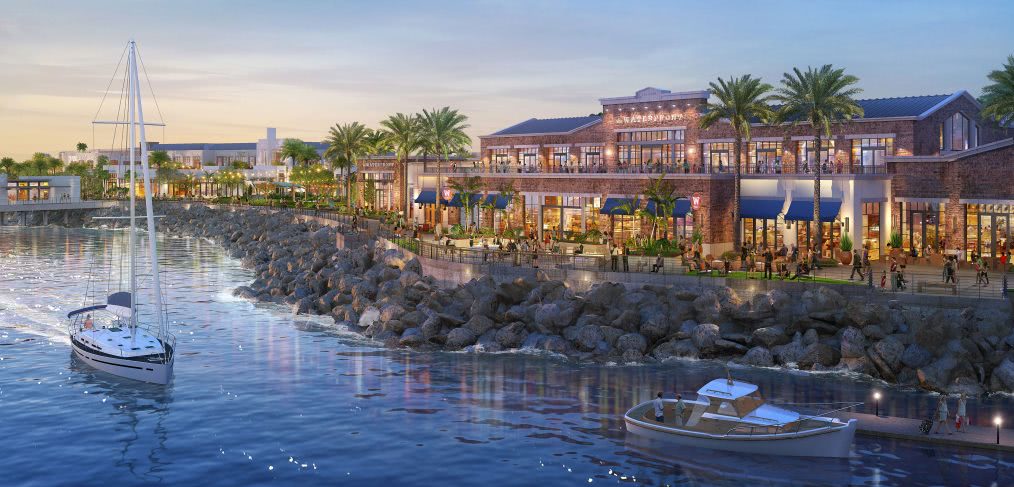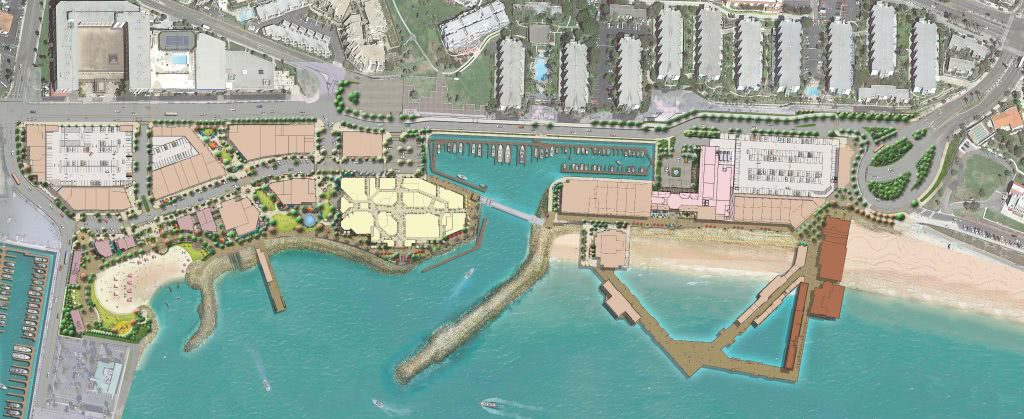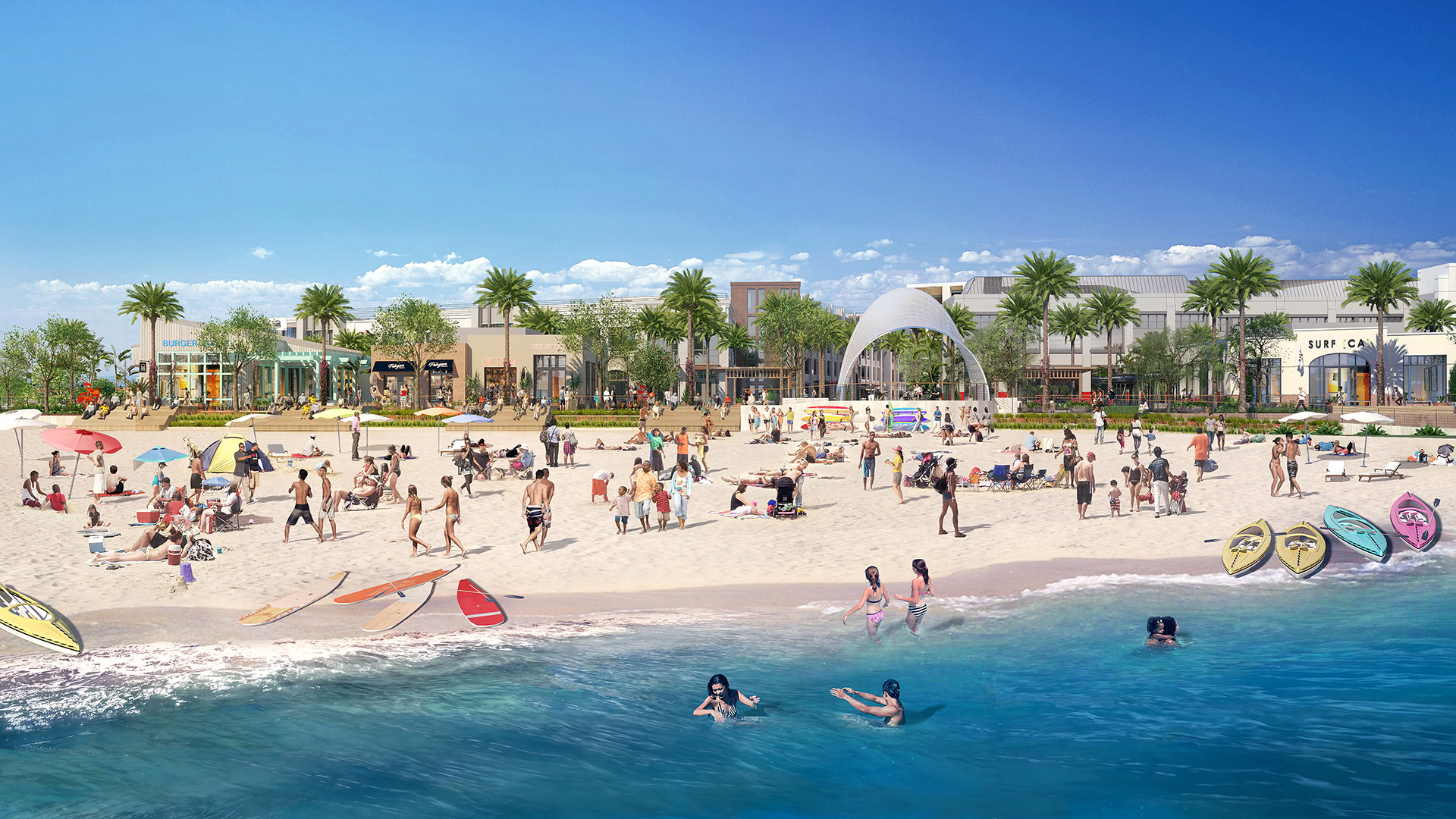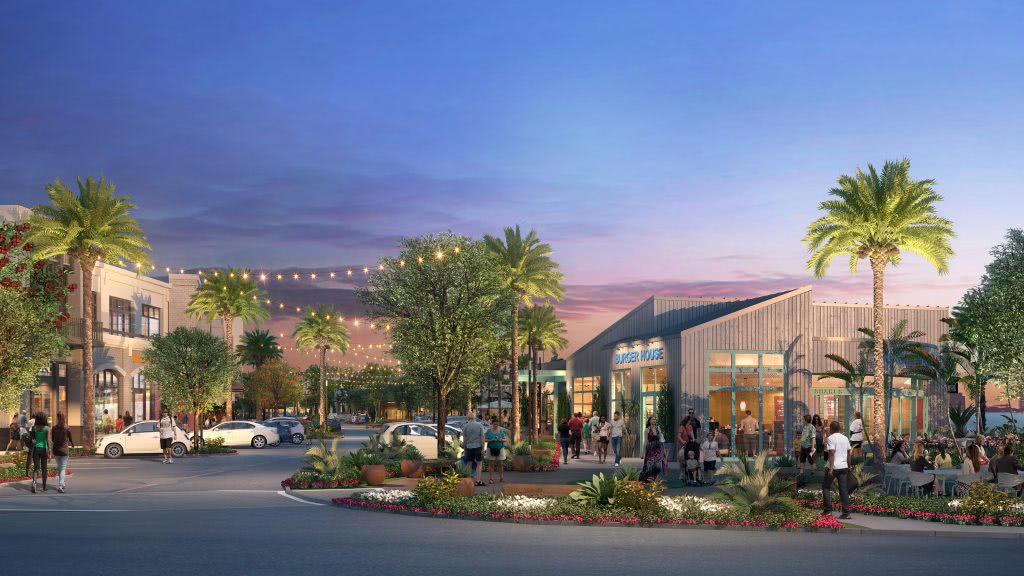
Reimagining a California Beach Community
How environmentally and culturally sensitive development can transform a waterfront environment
Imagine a lively community pier filled with local residents, families and visitors. Beachgoers flock to the area and stick around even after the sun goes down, catching a movie or taking a ride on the Lightning Racer rollercoaster. Fishing poles galore stretch out into the ocean hoping to catch a lucky bite, but don’t worry; if it doesn’t happen, Fisherman’s Haven Seafood Restaurant and Tony’s Fish Market have you covered.
This was the Redondo Beach waterfront of old until stunted development attempts, fierce storms, a fire and years of neglect collectively devastated the area. Yet the nostalgia for the “jewel of the South Bay” lives on. Now, city leaders, developers and residents are coming together with CallisonRTKL to reimagine this cherished California beach community.
With our inherent expertise in waterfront development and eyes set on a comprehensive coastal revitalization, our design team looked to Redondo Beach’s past in order to lay the path for its future. As we move forward in the design process, we do so recognizing that community goals will be accomplished by careful understanding and implementation of the key tenets of historically and environmentally sensitive design.
Reconnect the Coastline
Talk to locals about the Redondo Beach waterfront today and you’re likely to hear two words: crumbling concrete. One of the focal points of our design is more ocean and green space, less land and concrete. Open space is oriented along the coastline to maximize opportunities to enjoy the waterfront’s natural beauty.
Currently, the existing shoreline is blocked by acres of asphalt and tall rusty fences keeping visitors away from the lagoon. Car travel is inefficient, and navigating existing pedestrian routes leaves much to be desired. In order to bring seaside recreation, resources and world-class amenities to Redondo Beach, our design will open up access and enhance recreational opportunities, upgrade key infrastructure and reconnect the north and south via a new operable pedestrian bridge and an extension of Pacific Avenue.

When all is said and done, the development will revitalize more than 33 acres of land and water, increase the accessible coastline and introduce over 4,500 FT of shoreline pedestrian paths. It will also reduce the parking footprint from more than 500,000 SF to approximately 153,000 SF, opening up valuable green space and ensuring that the public realm remains human-scaled and walkable.
Reinvigorate a Sense of Community
Improved connectivity is a big step forward, but just because we build it doesn’t mean that they will come. A blend of leisure, recreation, shopping, dining and entertainment that resonates with locals and honors the rich architectural history of southern California beach communities will be the catalyst that brings Redondo Beach back to life.
After consulting guidelines set forth by the Project for Public Spaces and working with the local community to understand what they care about most, CallisonRTKL has created a design that offers something for everyone while paying careful attention to density and scale. Among the offerings will be a revitalized seaside lagoon open to natural tidal flow 365 days a year, shops and restaurants in beautiful, thoughtfully landscaped paseos, public gathering places for art exhibitions, concerts and other cultural events, as well as local art scattered throughout, and a 70,000-SF signature public market featuring some of Redondo Pier’s legacy tenants serving fresh, local specialty foods. Throughout the project, building materials and forms referencing the area’s unique architectural context will provide an added dose of authenticity.

Seaside Lagoon
The result? The Waterfront at Redondo Beach will become a forward-looking take on America’s Main Street and a comprehensive realization of community values, including a love of the outdoors, loyalty to local businesses, long-term investment and cultural pride. And the economic impact is projected to be considerable; expanded dining and retail options alone will create over 2,500 new jobs and bring in more than $3 million in annual tax revenue for the City of Redondo.

Main Street
Respect the Context
The obvious challenge here is how to accomplish all of the above in a way that works with Mother Nature, not against her. Waterfront cities across the nation and around the world are dealing with the ongoing conundrum that is designing for resiliency—a particularly relevant challenge for Redondo Beach. After all, several of the blights on its history are thanks to damaging storms.
From the very beginning, our design has been developed in alignment with green building strategies. We’ve focused specifically on employing best practices for storm water runoff, both in quality and quantity. Guidelines for outdoor environmental quality are aligned with the Living Streets guidelines and expand on the Blue Zone study completed for Hermosa Beach and Manhattan Beach, which prioritize health and wellness in urban planning and design.
We have also taken steps to reduce consumption of water and energy, and we are utilizing guidelines set forth by LEED campus and multiple buildings certification to help tenants achieve lower carbon emissions, reduced energy and water consumption and reduced waste. To push the envelope further, we are studying the feasibility of composting, natural ventilation and sea-life flora and fauna restoration within the context of achieving a Net Zero development.
It’s not often that we have the opportunity to reclaim what was lost. For our team, this revitalization of Redondo Beach gives us the unique opportunity to recreate a lost waterfront community while setting the path for a sustainable future.
